
Expedition to the Unofficial Sources of Figurative Architecture
Ohlédnutí za výstavou NEW WORK
At the end of June, an exhibition of the Brno studio with Zlin roots New Work ended at the Jaroslav Fragner Gallery in Prague. Its title Unofficial and Figurative referred to the previous exhibition held in 2005 in Zlin and Brno. Figurative Architecture for Beginners presented at that time, accompanied by a manifesto of the same name formulated by the studio's leader Svatopluk Sládeček, a concept based on "the civilization of architectural figurines. An underground civilization that settles where suitable modern conditions exist, where there are no symbols, no decorations obstructing it, and generally where there are no unjustified expectations bothering it."
The studio found such an environment primarily in southeastern Moravia, where it has gradually planted over twenty buildings. It presented 13 of them to the Prague audience through plans, model photographs, and images of the houses themselves, including the latest such as family houses "Věneček" in Štípa (2006), "Větrník" in Březůvky near Zlin (2002-2006), or "Torzo" in Míkovice nad Olšavou (2002-2006). Although the exhibition also presented, for example, two lookout towers: "Kšiltovka" on Brdo, 2001-2004, and "Kovboj" on Velký Lopeník, 2004-2005, or the multifunctional house "Květák" from Uherské Hradiště, 2003-2006, it is precisely Sládeček's family houses that best reflect the inspiration of "unofficial" architecture forms, objects which - to quote their author - "I have seen many times, I always rejoiced in them, promised myself that I must not forget them, and then forgot them again. They were predominantly buildings in industrial areas and on the periphery. They probably had their architect authors, and I think no expert would doubt their remarkable quality. However, they were and are not milestones in the development of architecture, and for the most part, their authors cannot be identified today. An administrative building of a factory in Olomouc, a boiler house (probably) of a factory in Zlin, a storage shed at the exit from Brno to Vienna, or an apartment building in Brno-Husovice, for example."
These objects, which lie on the periphery of the majority observer's interest, are highlighted by the exhibition and projected onto the gallery wall alongside projects of the New Work studio, aiming to amplify and preserve their overlooked values and joy.
The concept, which goes somewhat explicitly against the mainstream, practiced outside the main centers of creation has nonetheless already carved out its distinctly formulated place on the Czech scene. In September, it will also be presented in the last reprise of the exhibition at the Czech Centre in Vienna.
the projection of motifs of unofficial architecture into the design of new buildings
almost always happens without the builder's awareness
if we are fortunate it may even align with the original material solution,
which is valuable, especially for wooden buildings
more different motifs can be applied when designing a larger building,
as it is also possible to use some motifs multiple times
sometimes it is possible to apply a small element, other times the arrangement of volumes
or even the shape of the floor plan
it does not matter whether the building was intended from the very beginning to save the architectural self-grown, or it only turned out to be suitable during the design process
the buildings of unofficial architecture are discovered more or less accidentally
the objection that new buildings do not reach the quality of unofficial architecture is valid, but some form of salvation is better than none
generally they are not holders of grafts from their donors too geographically distant
quotations from the printed material accompanying the exhibition NEW WORK, Unofficial and Figurative (Jaroslav Fragner Gallery, May 30 - June 24, 2007)
The English translation is powered by AI tool. Switch to Czech to view the original text source.
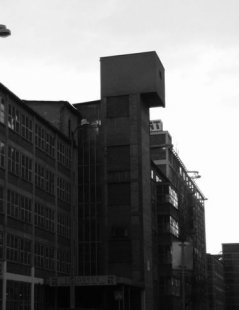
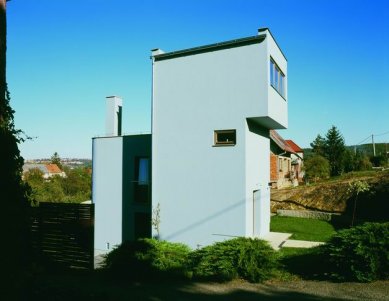
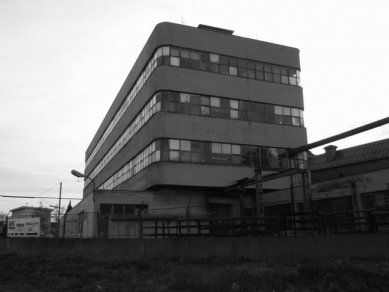
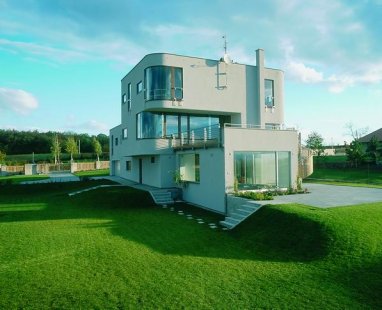

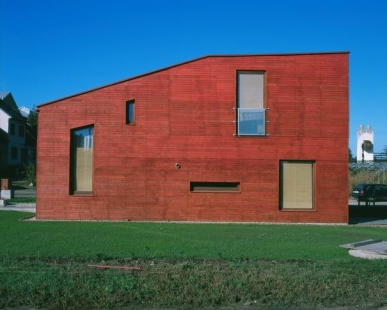
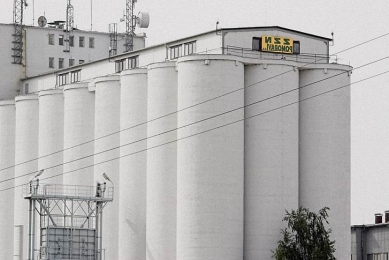
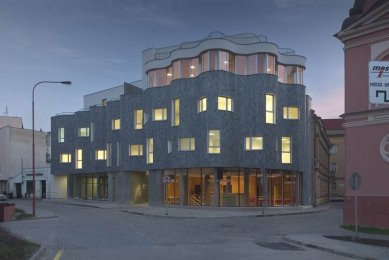
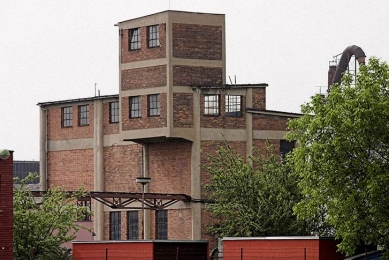
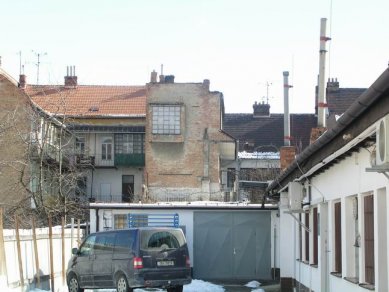
0 comments
add comment






